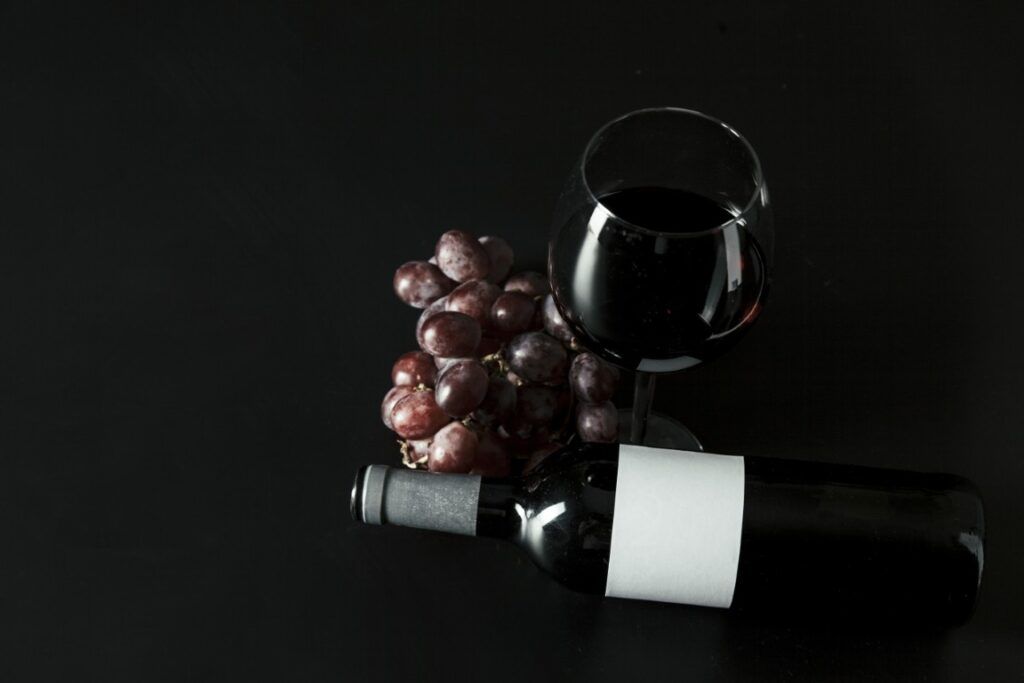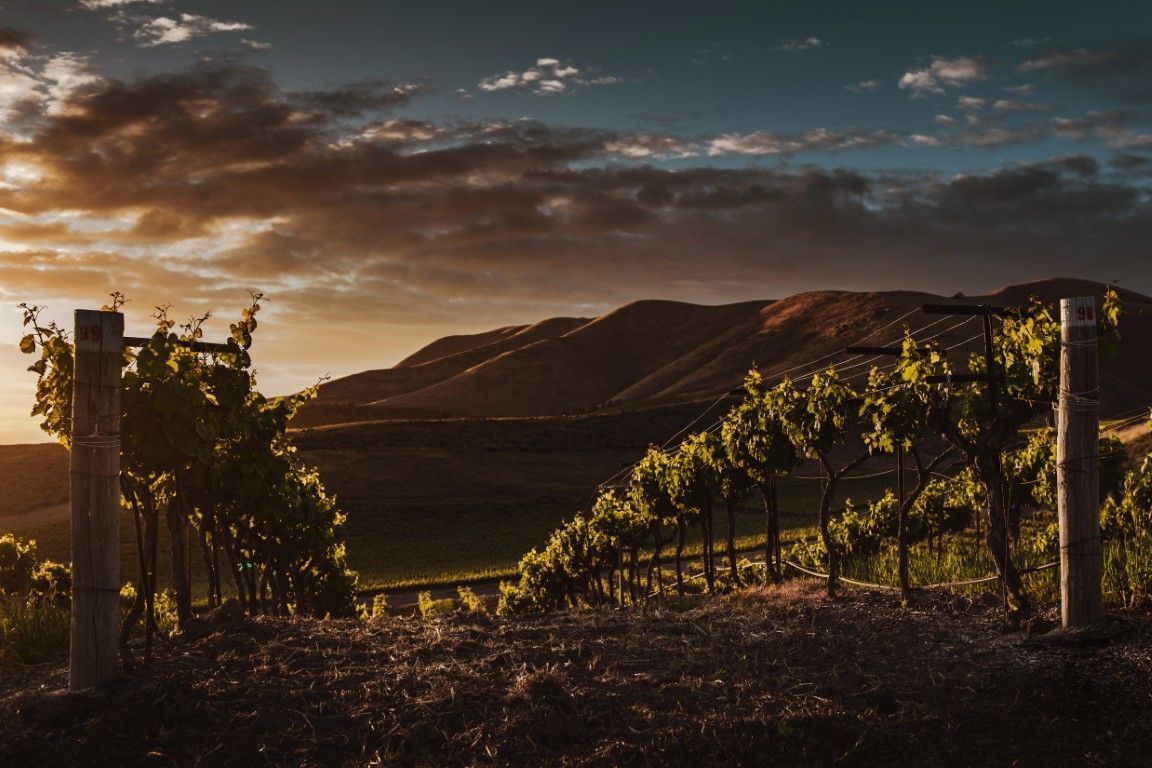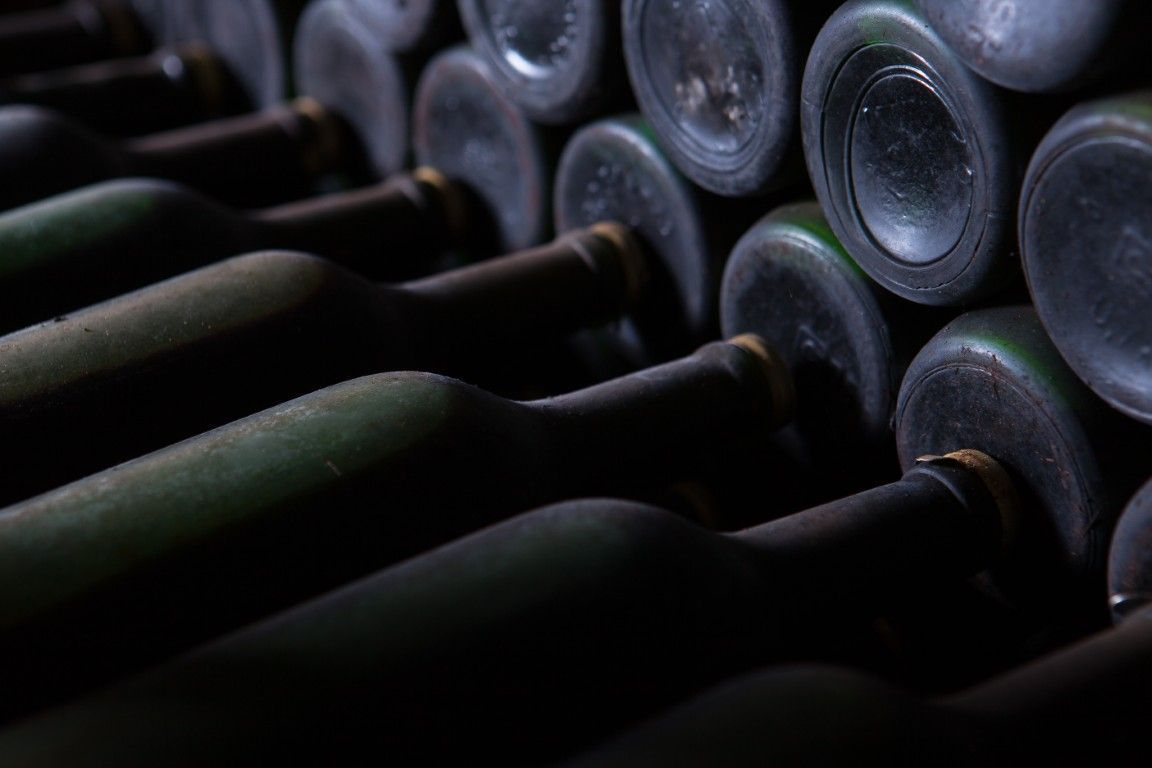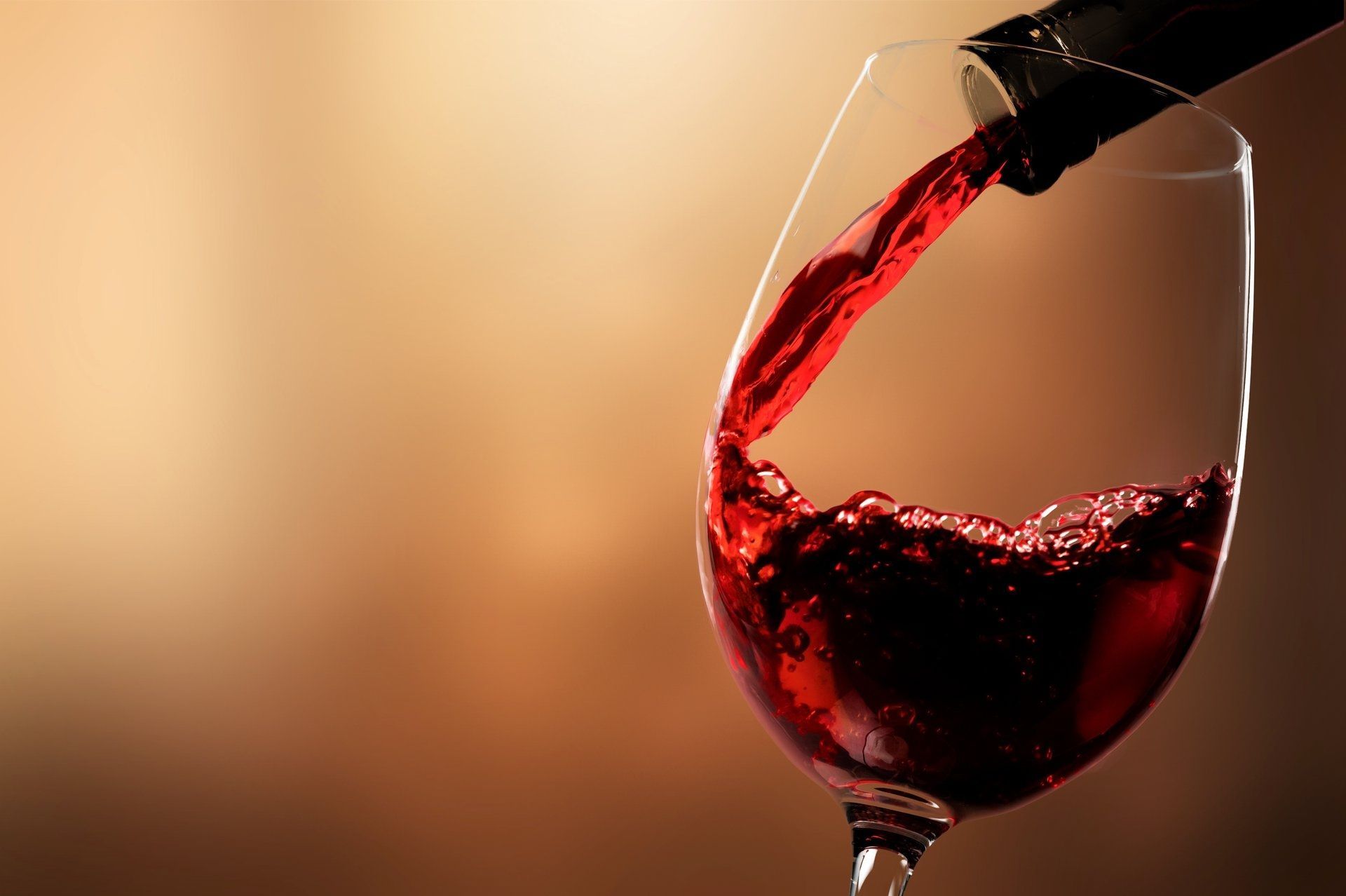Tempranillo wine is one of the most renowned and highly valued wines in the wine world. This article explores how many years a Tempranillo wine can age depending on its category and aging process, how these factors influence its characteristics, and what the optimal age is to enjoy it.
Introduction to Tempranillo Wine
Tempranillo, one of Spain’s most iconic grape varieties, lies at the heart of many high-quality wines. Its name comes from “temprano” (early), referencing its early ripening compared to other grape varieties. Primarily grown in regions like Rioja and Ribera del Duero, this grape produces versatile wines that can be enjoyed young or after long aging periods.
Tempranillo wines stand out for their balance between acidity, body, and tannins. Additionally, their ability to age well in barrel and bottle makes them a favorite among both winemakers and wine enthusiasts.
Classification of Wines by Aging
A wine’s aging time is a key factor that defines its quality, complexity, and sensory profile. In Spain, this classification is regulated, ensuring each category offers a unique experience to consumers. Tempranillo wines, with their exceptional ability to evolve through barrel and bottle aging, appear in all these categories, offering options for every preference.
Young Wine
A young Tempranillo wine typically does not undergo prolonged barrel aging—perhaps just a brief period for stabilization. This allows it to retain the full freshness of the grapes and highlight its intense fruity aromas like strawberry, cherry, and red berries. On the palate, it is light, vibrant, and soft in tannins, making it perfect for immediate consumption.
This type of wine pairs well with tapas, fresh salads, or light fish dishes, and its affordability makes it an excellent choice for those new to the world of wine.
Crianza Wine
Tempranillo crianza requires a minimum aging of 24 months, with at least 12 months in oak barrels. During this time, the wine begins to transform, gaining complexity and developing notes of wood, vanilla, and spices that balance with its fruity character.
On the palate, a crianza Tempranillo is more structured than a young wine, with rounded tannins and greater persistence. It is a versatile wine, ideal for pairing with white meats, tomato-based pasta dishes, and semi-cured cheeses.
Reserva Wine
Tempranillo reserva is synonymous with elegance and depth. This wine is aged for at least 36 months, with at least 12 of those months spent in oak. During this period, the tannins soften and the flavors integrate, resulting in a rounder, silkier wine. On the nose, you’ll find aromas of ripe fruits, leather, spices, and subtle toasted notes.
A reserva Tempranillo is the perfect choice for those seeking a more complex wine, ideal for pairing with bold dishes like roast lamb, red meats, or traditional stews.
Gran Reserva Wine
Gran reserva Tempranillo is the crown jewel in terms of aging. To earn this classification, it must age for at least 60 months, with a minimum of 18 months in oak barrels and the rest in the bottle. This extended aging process results in an exceptionally complex wine, with tertiary aromas of tobacco, cocoa, nuts, and sweet spices.
On the palate, a gran reserva is structured, elegant, and offers a long, memorable finish. It’s the ideal wine for celebrations and special occasions, pairing beautifully with game meats, hearty stews, or aged cheeses.
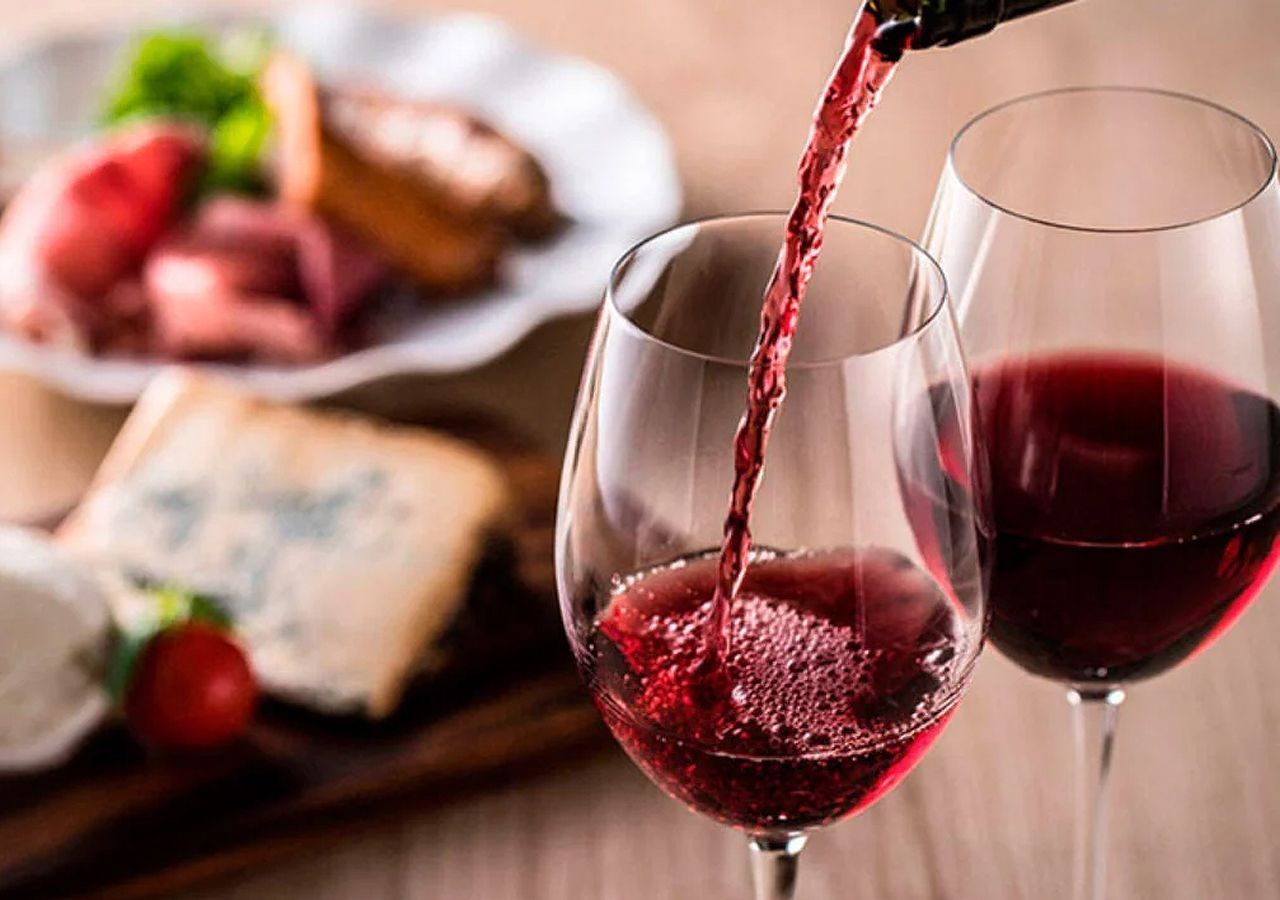
How Aging Affects Tempranillo Wine
Aging transforms the characteristics of Tempranillo wine. Time in barrel adds notes of vanilla, coconut, spices, and toast, while bottle aging softens the tannins and enhances aromatic complexity.
The type of barrel also plays a key role. American oak barrels tend to impart sweeter, coconut-like flavors, while French oak offers spicier and more elegant notes. This interaction between wine and wood defines the profile of an aged Tempranillo.
Tempranillo’s aging is influenced not only by the barrel but also by the stopper that protects it. At Excellent Cork, we innovate with closures like our cork-effect stoppers, which combine tradition with modern technology for a perfect seal. Our recyclable and sustainable stoppers are ideal for eco-conscious wine lovers who don’t want to compromise on quality. Learn more about how our technology can benefit your aged wines.
What Is the Optimal Age to Drink Tempranillo?
The optimal age to drink Tempranillo depends on its classification and the drinker’s preferences:
- Young wines: Best consumed within the first or second year to enjoy their freshness.
- Crianza: Typically reach peak quality between 2 and 5 years after harvest.
- Reserva: Best enjoyed between 5 and 10 years of age.
- Gran Reserva: Can be enjoyed even after 15 years, as long as properly stored.
Tips for Storing and Preserving Tempranillo Wine
To ensure your Tempranillo wine maintains its quality over time, follow these key storage guidelines:
- Consistent temperature: Keep the wine between 12–18°C, avoiding abrupt changes.
- Proper humidity: 70% humidity helps preserve corks and prevent air leakage.
- Minimal light: Store bottles in a dark place to prevent oxidation.
- Horizontal position: Bottles should lie on their side to keep the cork moist.
- Avoid vibrations: Store in a calm environment to allow the wine to rest undisturbed.
To ensure your Tempranillo wine retains its quality and aroma, it’s essential to choose the right stopper. At Excellent Cork, we offer a wide range of synthetic wine stoppers that provide a tight seal and protect the wine from oxidation. Our stoppers, like those from the S series, are designed to maintain the freshness and complexity of wine even after years of storage. Discover how our products can enhance the preservation of your bottles.
Frequently Asked Questions About Tempranillo Wine
What does it mean for a wine to be Tempranillo?
A wine is considered Tempranillo when it’s made primarily from this grape variety. It is known for its versatility, red fruit notes, balanced tannins, and aging potential.
What’s the difference between a young and an aged Tempranillo?
The main difference lies in aging time. A young Tempranillo is fresh and fruit-forward, while aged versions are more complex, with wood, spice notes, and smoother tannins.
How does barrel type affect Tempranillo aging?
Barrel type influences the wine’s profile. American oak imparts sweet and toasted flavors, while French oak adds elegance and spicier notes.
Is it recommended to decant aged Tempranillo?
Yes, decanting an aged Tempranillo can help remove sediment and allow aromas to open up. However, it’s usually not necessary for young wines or crianzas.
What foods pair best with aged Tempranillo?
Aged wines like gran reserva or reserva pair wonderfully with game meats, stews, aged cheeses, and roasted red meats. Their complexity and structure enhance intense flavors.
Excellent Cork: An Innovative Wine Preservation Solution
The quality of a Tempranillo wine depends not only on its production and aging but also on the quality of the stopper that protects it. Excellent Cork, a leader in synthetic stopper manufacturing, offers ideal solutions to preserve the aromas and flavors of each bottle. Their stoppers are known for excellent value and ensure airtight seals—crucial for high-quality wines.
Whether you’re a winery or a wine lover, Excellent Cork has solutions tailored to your needs. From stoppers for sparkling wines to customized options for spirits, our advanced technology guarantees maximum quality. For personalized advice, feel free to contact us via our contact form. Discover why we are leaders in the industry—and how we can help you preserve the essence of your wines.
Tempranillo is truly a treasure of Spanish viticulture. Understanding its classifications, optimal consumption age, and proper storage will allow you to enjoy it at its best. And to ensure the best experience, the quality of the stopper is essential—where Excellent Cork stands out as a benchmark in the industry. Cheers! 🍷


